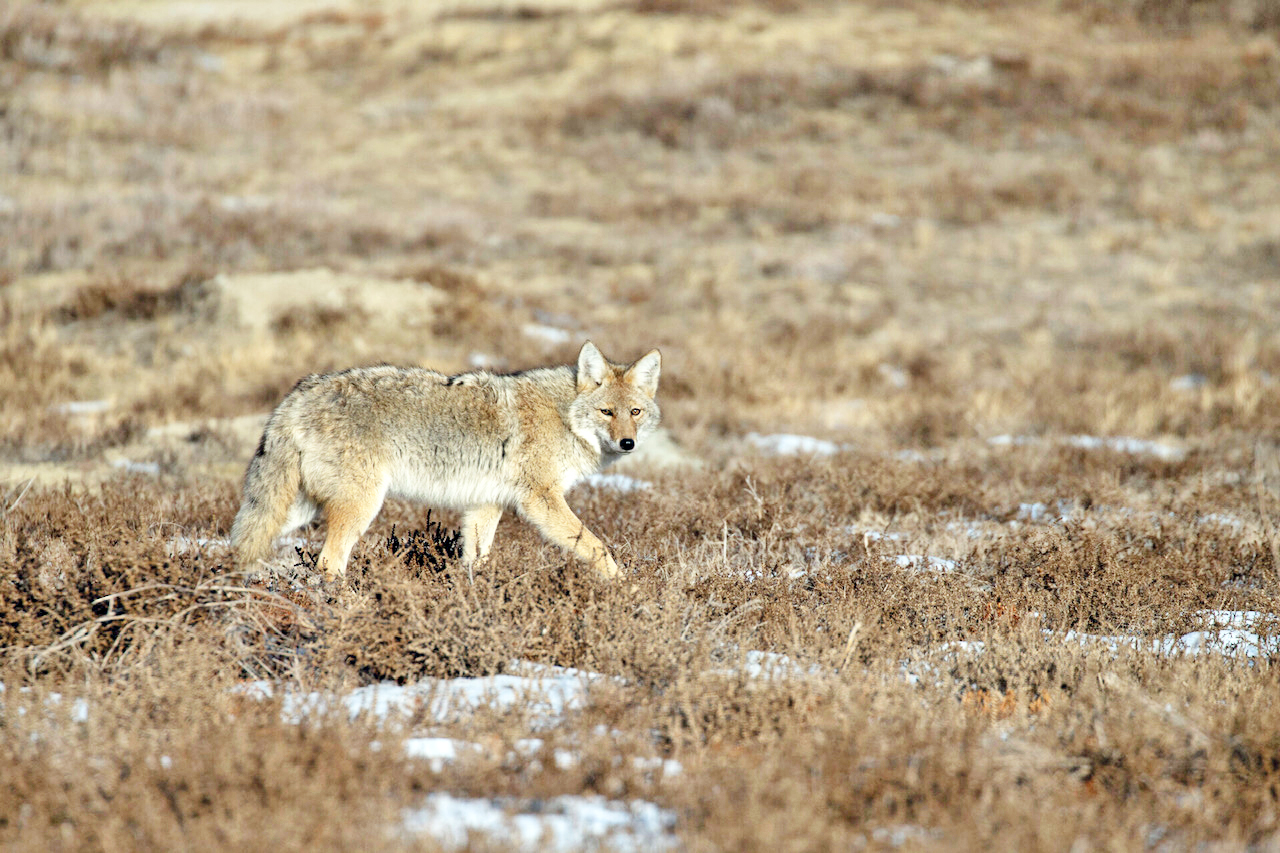ND Outdoors
Doug Leier | Outreach Biologist
As winter tightens its grip on North Dakota, the landscape transforms into a vast, frozen tundra.
Snow blankets the plains, rivers freeze solid, and the air becomes crisp with a bite that chills the bones. For many of us, it can be easy to view the season as a time to retreat indoors, to huddle inside and wait for the thaw. But for North Dakota’s wildlife, winter is a time to persevere and adapt, and their resilience offers valuable lessons for all of us.
The stark beauty of a North Dakota winter is matched only by the resourcefulness of the animals that call this state home. Take the white-tailed deer, for example. With the arrival of snow around Thanksgiving, their coats grow thicker, helping them conserve heat against the brutal cold. They rely on the cover of snow and trees to hide from predators, using their keen sense of smell and hearing to detect danger. In this season of scarcity, survival comes down to energy conservation. Deer may reduce their movement and rely on stored fat reserves, but they also become more active at dawn and dusk, when the shadows are longer, and the landscape feels less exposed.
The same resilience is found in North Dakota’s birds. Many species, like chickadees, woodpeckers and nuthatches have adapted to survive the long, cold months. Chickadees, for instance, are remarkable in how they deal with the frigid temperatures. They can lower their body temperature at night to conserve energy, then “wake up” with the first light of day, a technique known as regulated hypothermia. Their ability to adapt, even in extreme conditions, speaks to the depth of survival instincts that animals have honed over time.
One of the most majestic and fascinating winter residents of the state is the elk. They are built to survive winter. Their thick coats provide insulation, while their hooves are well-suited to navigating snowy, frozen terrain. Elk herds are known to seek shelter in the deep river valleys and timbered areas, places where the wind can be blocked, and food is more readily available. While they do face challenges in winter, including the need to travel greater distances to find food, the resilience of these animals continues to be a symbol of endurance.
And of course, we cannot forget some of the waterfowl because not all migrate.
The cold, frozen landscapes of winter are often a challenge for these migratory birds, but some find sanctuary in the state’s outflows of reservoirs and places like the Missouri River or others that do not freeze entirely. Canada geese and ducks will seek out these unfrozen pockets, where they can still find food and shelter. It’s a delicate balance — finding open water in a landscape otherwise dominated by ice — but it’s one that many species have perfected over the years. Why do they stay here? At times we ask the same question but know the answer. Because we can.
The winter months offer us a chance to reflect on the incredible adaptability of the animals that share our home. While we may find ourselves complaining about the biting winds and endless snowdrifts, wildlife view winter as simply another season, another challenge to overcome. For these animals, winter is a time to be resourceful, resilient and patient.
In a way, winter in North Dakota offers us an opportunity to do the same. We can embrace the stillness of the season, take a moment to appreciate the natural world around us, and find strength in the quiet perseverance of wildlife. If they can endure, so too can we.


